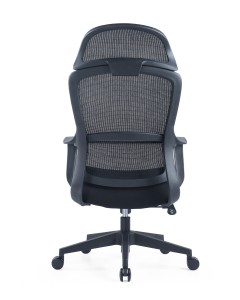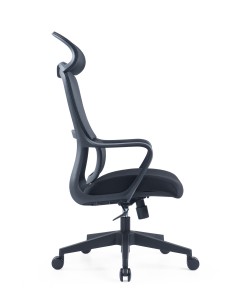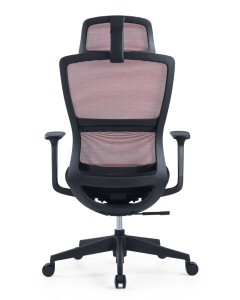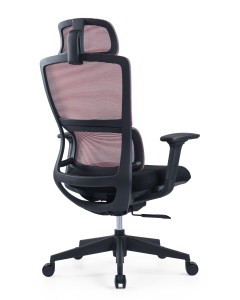When you start searching the internet for comfortable ergonomic office chairs, you may come across terms like "center tilt" and "knee tilt." These phrases refer to the type of mechanism that allows an office chair to tilt and move. Mechanism is at the heart of your office chair, so choosing the right chair is crucial. It determines comfort based on how you use the chair and its price.
How do you use your office chair?
Before choosing a mechanism, consider your sitting habits throughout the workday. These habits fall into one of three categories:
Primary task: When typing, you sit up straight, almost forward (eg, writer, administrative assistant).
Primary tilt: You lean back a little or a lot (e.g., manager, executive) when performing duties such as conducting interviews, talking on the phone, or thinking about ideas.
A combination of both: you switch between tasks and reclining (eg software developer, doctor). Now that you understand your use case, let's take a closer look at each office chair reclining mechanism and determine which one is best for you.
1. Center Tilt Mechanism

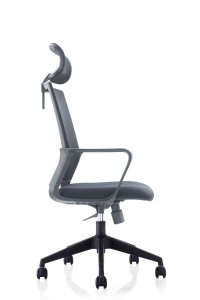
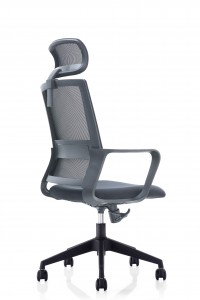
Recommended Product: CH-219
Also known as swivel tilt or single point tilt mechanism, position the pivot point directly below the center of the chair. The inclination of the backrest, or the angle between the seat pan and the backrest, remains constant when you recline. Center tilt mechanisms are commonly found in low-cost office chairs. However, this tilt mechanism has an obvious downside: the front edge of the seat pan rises quickly, causing your feet to lift off the ground. This sensation, combined with the pressure under the legs, can cause a constriction of blood circulation and lead to pins and needles in the toes. Leaning on a chair with a center tilt feels more like tipping forward than sinking backward.
✔ Excellent choice for tasking.
✘ Poor choice for reclining.
✘ Poor choice for combination use.
2. Knee Tilt Mechanism

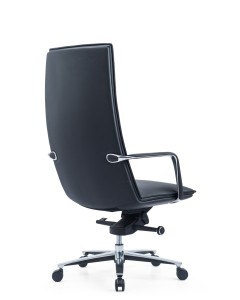
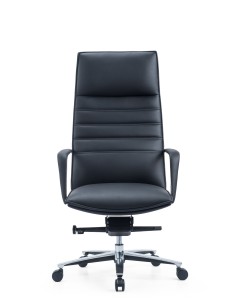
Recommended Product: CH-512
The knee tilt mechanism is a significant improvement over the traditional center tilt mechanism. The key difference is the repositioning of the pivot point from the center to behind the knee. This design provides a double benefit. First, you don't feel your feet lift off the ground when you recline, providing a more comfortable and natural sitting experience. Second, the majority of your body weight remains behind the pivot point at all times, which makes it easier to initiate and control the back squat. Knee reclining office chairs are a great choice for a wide variety of uses, including gaming chairs. (Note: There are some differences between gaming chairs and ergonomic chairs.)
✔ Ideal for tasks.
✔ Great for reclining.
✔ Great for multitasking.
3. Multifunction Mechanism

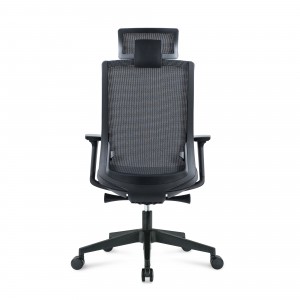
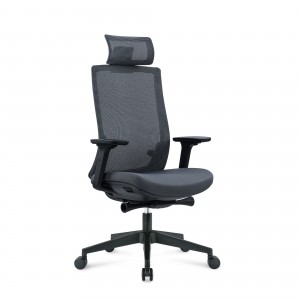
Recommended Product: CH-312
The versatile mechanism, is also known as the synchronous mechanism. It's very similar to the center tilt system, with the added benefit of a seat angle locking mechanism that lets you lock the tilt in any position. Furthermore, it allows you to adjust the angle of the backrest for optimum seating comfort. However, it can be quite cumbersome and time-consuming to operate. Tilting with a multi-function mechanism requires at least two steps, but may require as many as three if precise adjustments are required. Its strong suit is its ability to handle tasks effectively, though it's less efficient at reclining or multitasking.
✔ Excellent choice for tasking.
✘ Poor choice for reclining.
✘ Poor choice for combination use.
4. Synchro-Tilt Mechanism

Recommended Product: CH-519
The synchronous tilt mechanism is the first choice for mid-to-high-end ergonomic office chairs. When you recline in this office chair, the seat pan moves in sync with the backrest, reclining at a constant rate of one degree for every two degrees of recline. This design minimizes seat pan rise, keeping your feet flat on the ground when you recline. The gears that enable this synchronized tilting motion are expensive and complex, a feature that has historically been limited to ultra-expensive chairs. Over the years, however, this mechanism has trickled down to mid-range models, making it more accessible to consumers. The benefits of this mechanism include that it is suitable for tasking, tilting and combination use.
✔ Excellent choice for tasking.
✘ Poor choice for reclining.
✘ Poor choice for combination use.
5. Weight-Sensitive Mechanism

Recommended Product: CH-517
The concept of weight-sensitive mechanisms arose out of complaints from individuals who worked in open-plan offices with no assigned seating. These types of employees often find themselves sitting in a new chair and then spending a few minutes adjusting it to suit their specific needs. Fortunately, the use of a weight-sensitive mechanism eliminates the need for levers and knobs to be adjusted. This mechanism detects the user's weight and direction of recline, then automatically adjusts the chair to the correct recline angle, tension and seat depth. While some may be skeptical about the effectiveness of this mechanism, it has been found to work extremely well, especially in high-end chairs like the Humanscale Freedom and Herman Miller Cosm.
✔ Good choice for tasking.
✔ Excellent choice for reclining.
✔ Excellent choice for combination use.
Which Office Chair Tilt Mechanism Is Best?
Finding the ideal reclining mechanism for your office chair is critical to long-term comfort and productivity. Quality comes at a price, which is not surprising since weight-sensitive and synchronized tilt mechanisms are the best, but also the most complex and expensive. However, if you research further, you may come across other mechanisms such as forward lean and skid tilt mechanisms. Many chairs with weight-sensing and synchronized tilt mechanisms already have these features, making them a smart choice.
Source: https://arielle.com.au/
Post time: May-23-2023

